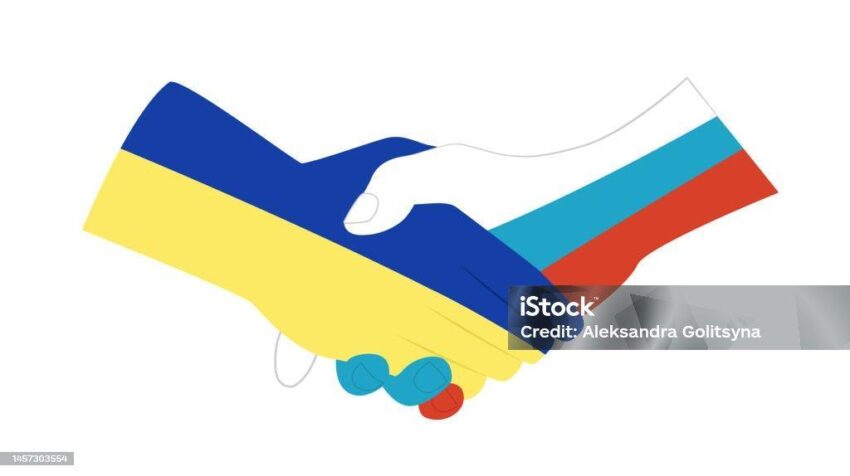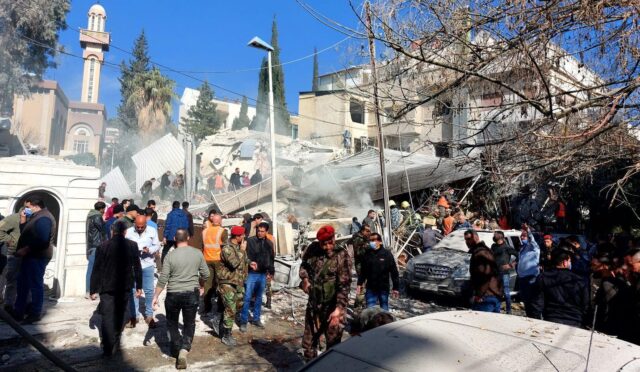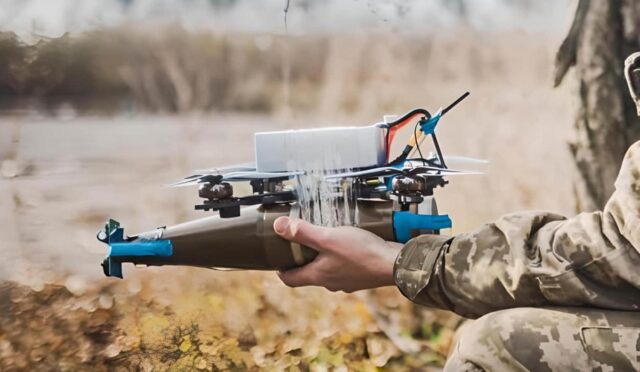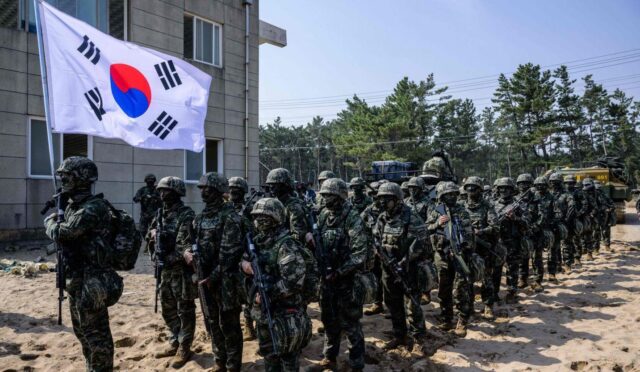Russia and Ukraine Ceasefire Order
Russian President Vladimir Putin’s recent declaration of a three-day ceasefire with Ukraine came into effect on Thursday. The Kremlin claims this move aims to assess Kyiv’s willingness for peace; however, Ukraine has dismissed it as mere theatrics. The timing of Putin’s truce coincided with Moscow’s commemoration of World War II, particularly the Victory Day parade, set for Friday.
As world leaders gathered in Moscow for the Victory Day festivities, confusion arose regarding compliance from both parties concerning the ceasefire. While there was speculation about both sides potentially adhering to this order, the reality was far less clear. Initial reports indicated ongoing military operations—even resulting in aerial assaults shortly before the ceasefire took hold.
Reactions from Ukraine and the US
Ukraine’s leaders were quick to reject Putin’s truce, labeling it a mere publicity stunt as they pushed for a more extended 30-day ceasefire. Ukrainian President Volodymyr Zelensky reiterated the importance of this proposal in his evening address, emphasizing its potential to foster diplomatic negotiations. He expressed frustration over Russia’s lack of response, stating, “We are not retracting this proposal, which could provide diplomacy a chance.”
In the United States, President Trump’s administration has been striving to stem the tide of Russia’s military aggression since he took office; however, tangible progress has remained elusive. With both American and Ukrainian voices calling for a comprehensive and unconditional ceasefire, the situation remains precarious.
Military Escalations and Attacks
In a striking turn of events, mere hours before the ceasefire commenced, both Moscow and Kyiv engaged in aerial attacks that ultimately led to the closure of several airports in Russia and resulted in civilian casualties in Ukraine. Despite the Kremlin’s assurance that Russian forces would abide by the ceasefire during this holiday period, the threat of immediate retaliation loomed should Ukraine retaliate.
Casualties from this conflict continue to rise. Reports indicate that in recent days, Russian forces have launched over 100 drones and multiple ballistic missiles targeting Ukrainian territory. Tragically, these attacks claimed the lives of a mother and her son, highlighting the brutal reality of the ongoing conflict. The violence, marked by strikes on civilian areas, shows no sign of abating despite prior hopes for a truce.
Victory Day Celebrations in Moscow
As Russia celebrated Victory Day, a day of national pride marked by grand military displays in Moscow’s Red Square, over 20 world leaders were anticipated to partake in the events. The atmosphere was carefully managed, with Kremlin spokesman Dmitry Peskov assuring that security measures were put in place to ensure a peaceful celebration. However, internet disruptions ahead of the festivities hinted at the tense atmosphere, stemming from concerns about threats from Ukraine.
The Kremlin’s preparations extended to imposing restrictions on connectivity and public movements within Moscow, underscoring the apprehension surrounding the event. Peskov commented on the need for these precautions, stating, “As long as guests are here, until May 10, we need to be prepared for restrictions,” reflecting the war’s impact on daily life in the capital.
Reactions to Airport Disruptions
The run-up to the parade was marred by chaos at several Russian airports, with reports of mass disruptions affecting around 60,000 travelers. Following Ukrainian drone strikes, flight operations were suspended, leading to significant overcrowding and delays. Frustrated travelers shared images of sleeping in airports and long lines of aircraft awaiting clearance to fly, illustrating the disruptions caused by the ongoing conflict.
Despite the unrest at airports, many visitors to Moscow seemed unfazed, eager to participate in the national celebrations. Valeria Pavlova, a 22-year-old student from Rostov-on-Don, remarked on the calmness of her own city, contrasting it with the volatility of the capital. However, the reality of the situation was evident in the images circulating on social media, depicting the chaotic fallout from the increasing military tensions.







